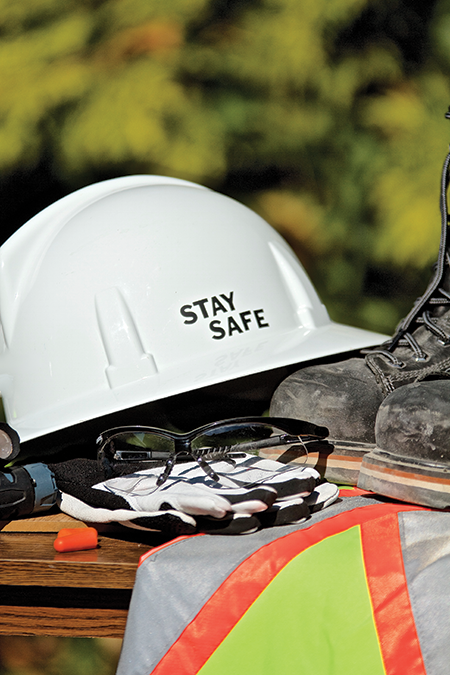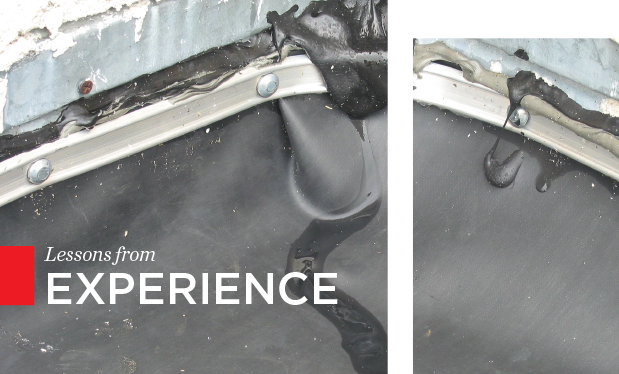OSHA rule revises safety and health standard provisions

|
On May 14, the Occupational Safety and Health Administration issued a final rule revising 14 provisions in the record keeping, general industry, maritime and construction standards that may have been confusing, outdated or unnecessary.
OSHA proposed the changes in October 2016 under the agency’s Standards Improvement Project, which began in 1995 in response to a presidential memorandum to improve government relations. OSHA issued revisions in 1998, 2005 and 2011. The new rule’s revisions are expected to improve employee safety and health, increase understanding and compliance with the provisions, and save employers an estimated $6.1 million per year.
Some revisions to the construction industry include aligning the breaking strength requirement for lifelines in Subpart E, Personal Protective and Lifesaving Equipment, with the 5,000-pound requirement for lifelines in Subpart M; eliminating employer information collection requirements as they pertain to workers’ Social Security numbers in several OSHA standards; and adding a digital radiography option in the construction asbestos regulation to the current analog film-based language.
The full text of the final rule is available at federalregister.gov/d/2019-07902.
NAHB seeks to end lawsuit
The National Association of Home Builders has taken action to end a years-long legal battle regarding the federal workplace injury and illness reporting rule and in doing so eliminate a mandated employee complaint procedure, according to Bloomberg Law.
On May 17, NAHB filed a motion in the U.S. District Court for the Western District of Oklahoma for summary judgment. The association outlined its objections to the rule, which originally was developed by the Occupational Safety and Health Administration during the Obama administration and took effect in 2016. At issue is a requirement that employers establish a “reasonable” procedure for employees to report injuries and illnesses and a new anti-retaliation procedure and enforcement mechanism NAHB claims “conflicts with existing procedures specifically laid out by Congress in the OSH Act of 1970,” according to the motion.
Several progressive groups have intervened in the case as defendants seeking to maintain the rule since the lawsuit’s initial filing in January 2017, including the American Public Health Association and Public Citizen Health Research Group.
The Trump administration already has eliminated the final rule’s requirement for employers to submit OSHA Form 300 (Log of Work-Related Injuries and Illnesses) and OSHA Form 301 (Injury and Illness Incident Report). However, the administration kept the requirement for employers to submit OSHA Form 300A (Summary of Work-Related Injuries and Illnesses) and currently permits OSHA to issue citations to employers that discourage injury and illness reporting.
Proposed Florida bill mandates heat-illness training

|
Under a proposed bill, Florida’s construction and agriculture employers could soon be required to train outdoor workers and managers regarding how to avoid heat-related illnesses, according to www.ishn.com.
Sponsored by Rep. Carlos Guillermo Smith (D-Orlando), the heat-illness prevention bill would set a statewide standard for all outdoor workers to be given plenty of drinking water, access to shade and 10-minute rest breaks after two hours of outside labor.
The bill and its companion bill in the Florida Senate also would require annual training to identify signs of heat exhaustion and allow for acclimatization—a two-week period allowing workers to gradually adapt to a hot environment.
Advocates have been pushing for tougher standards, arguing rising global temperatures will make outdoor work unsustainable without proper regulations.
The legislation could face challenges as it does not have any co-sponsors in the Florida House of Representatives and has not yet been assigned to any legislative committees.
Aside from avoiding general hazards, the Occupational Safety and Health Administration currently does not have a standard for indoor or outdoor heat exposure safety practices. OSHA recommends employers provide enough water, rest and shade for workers in hot environments and encourages employers to take precautions if the heat index is 91 degrees or higher.



